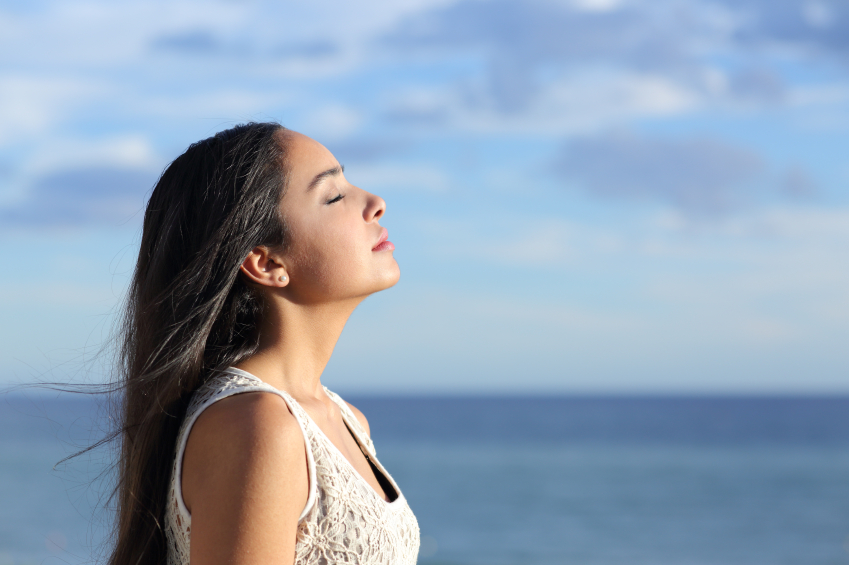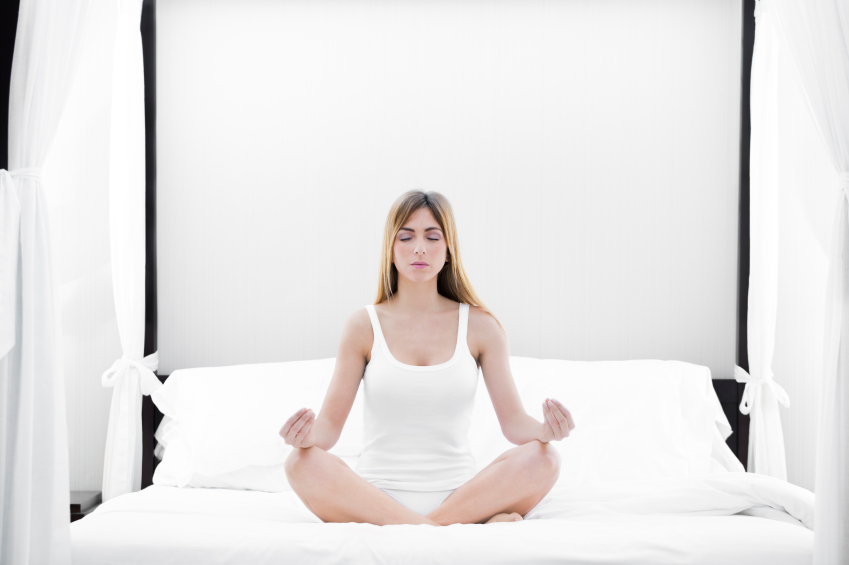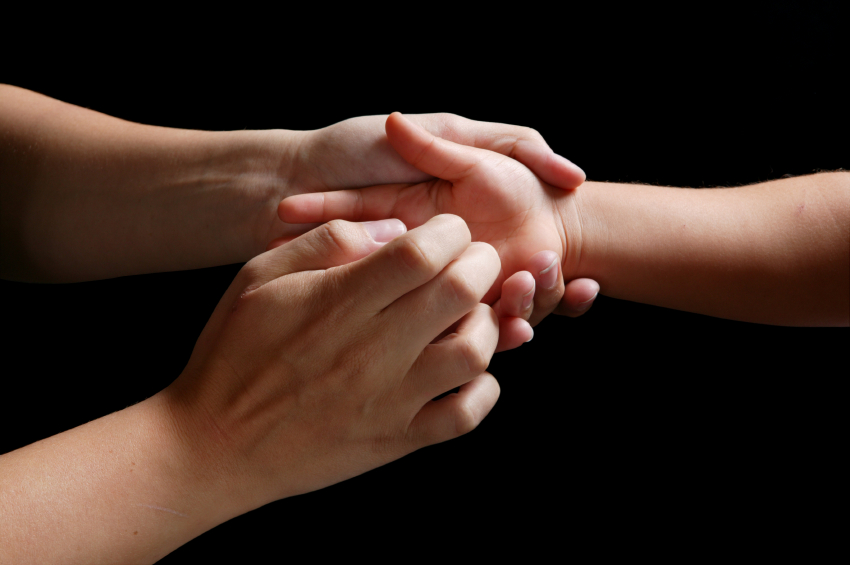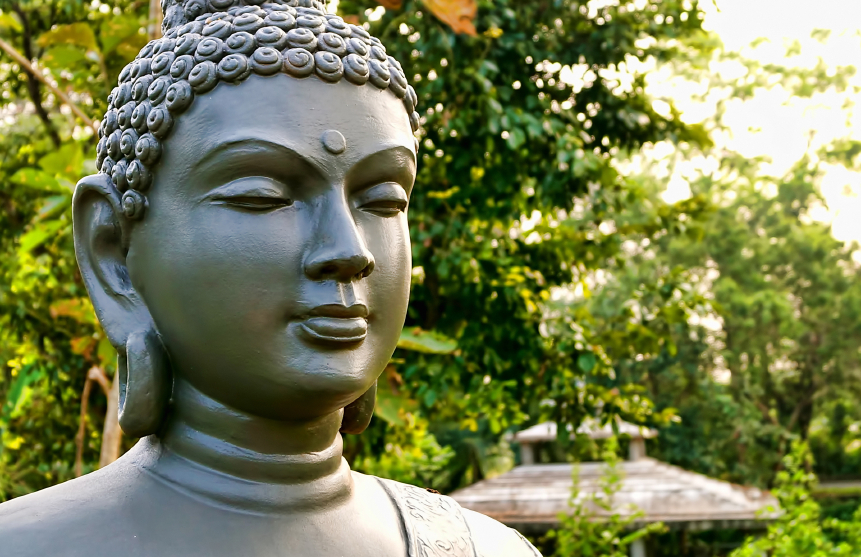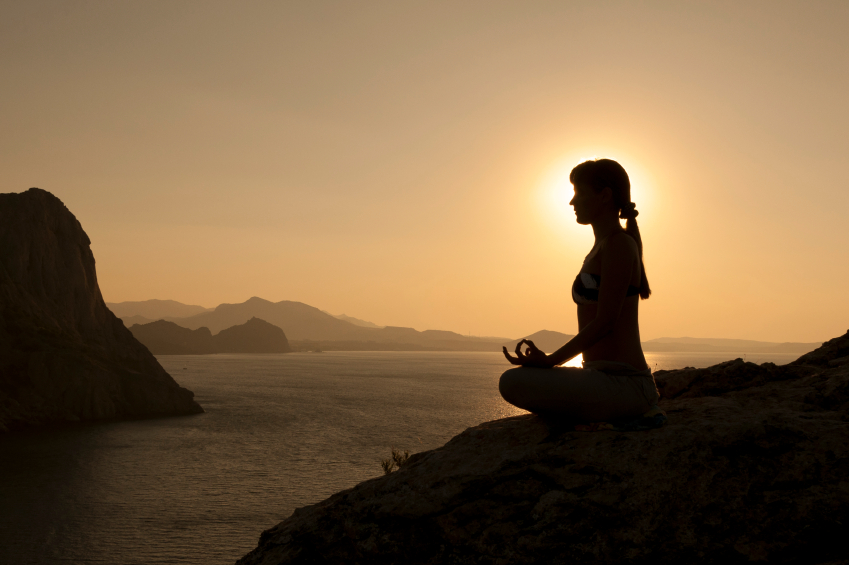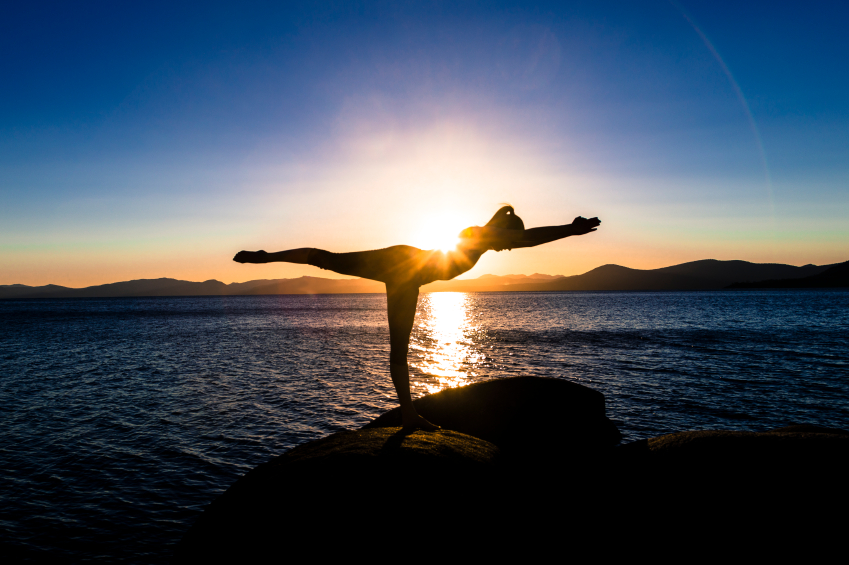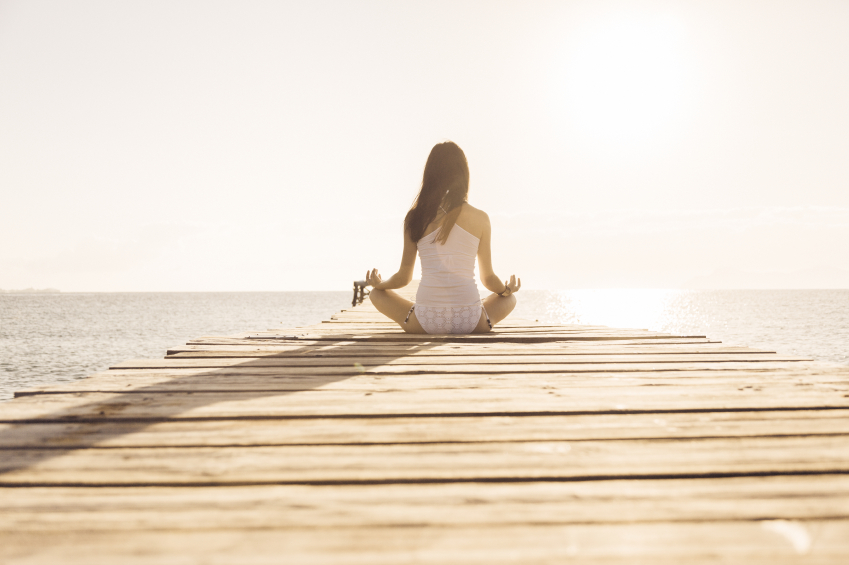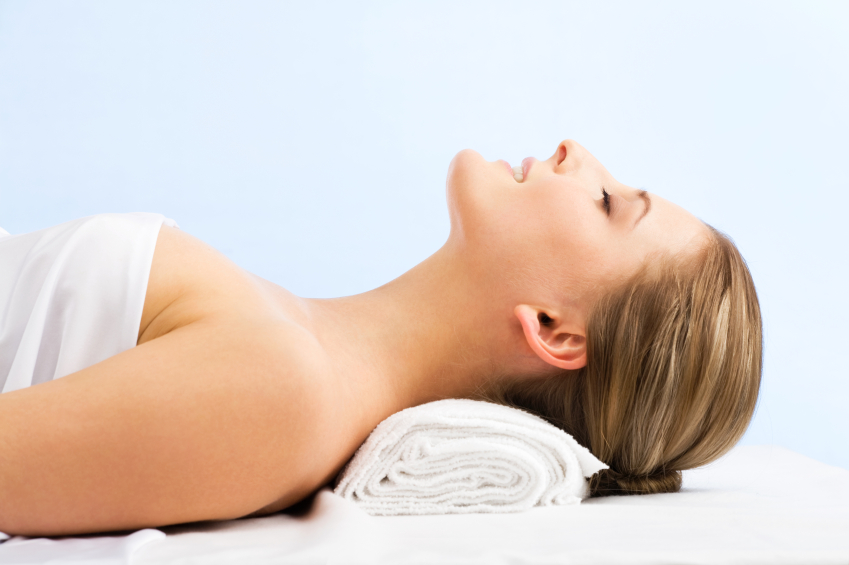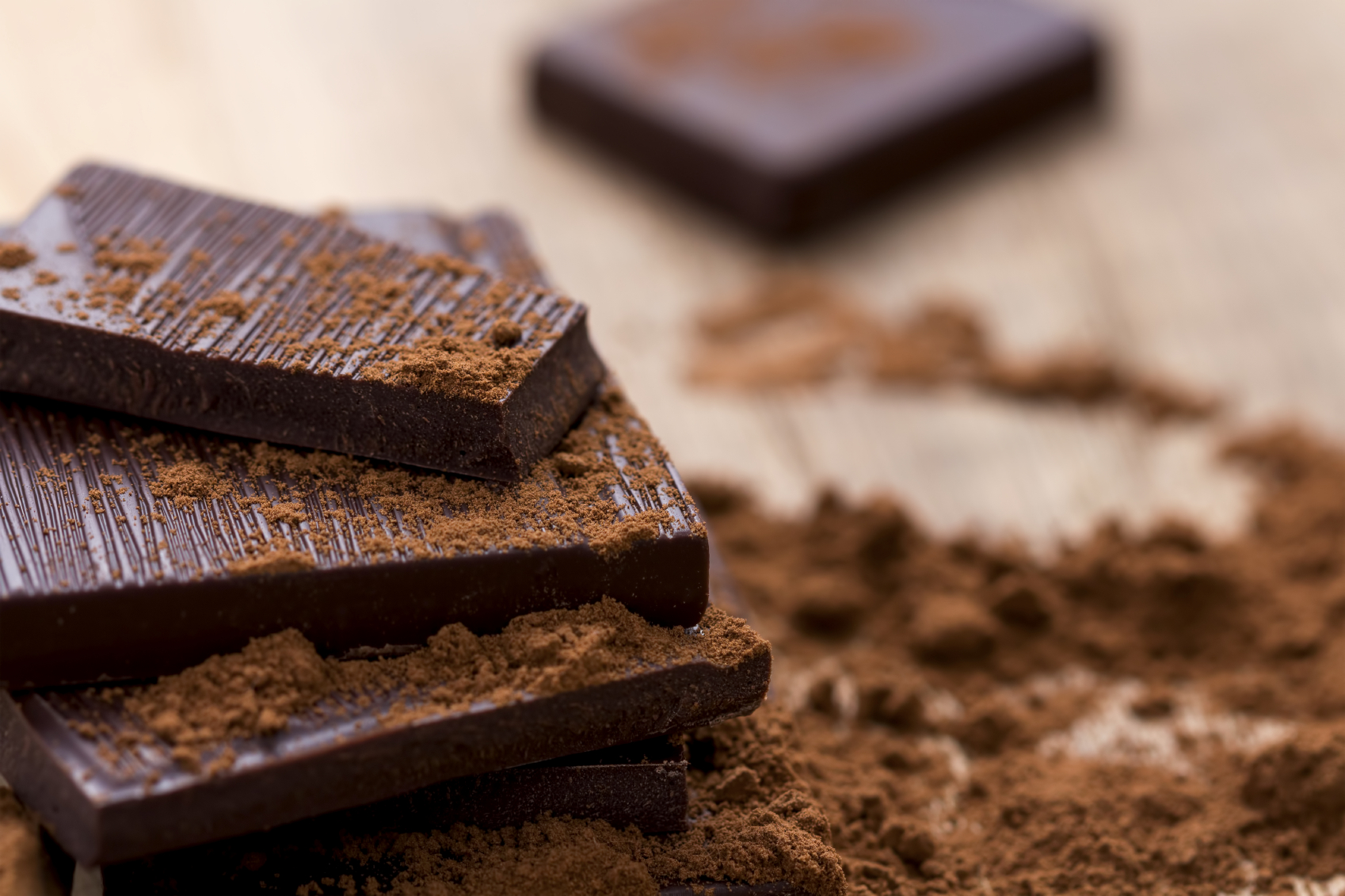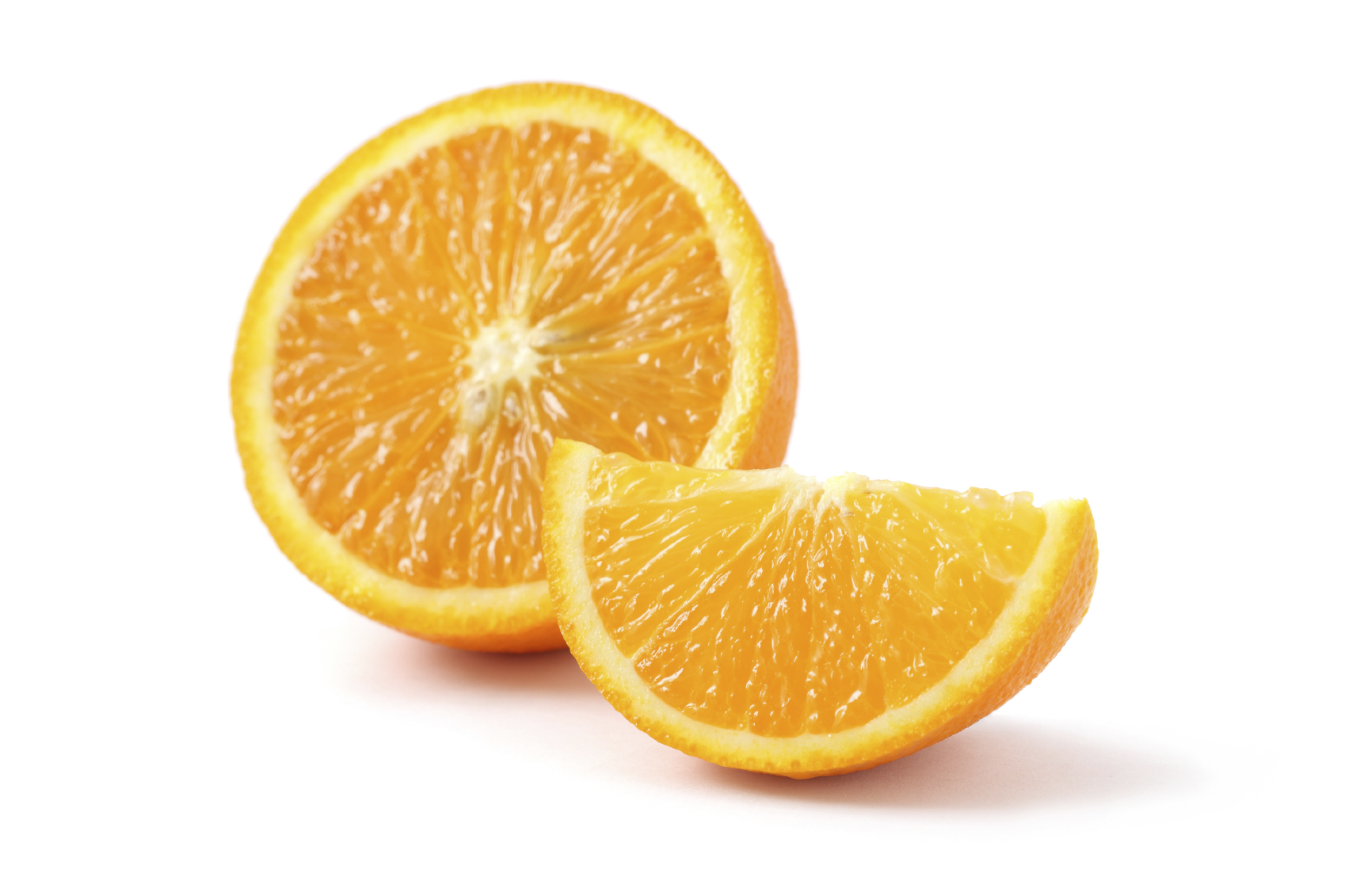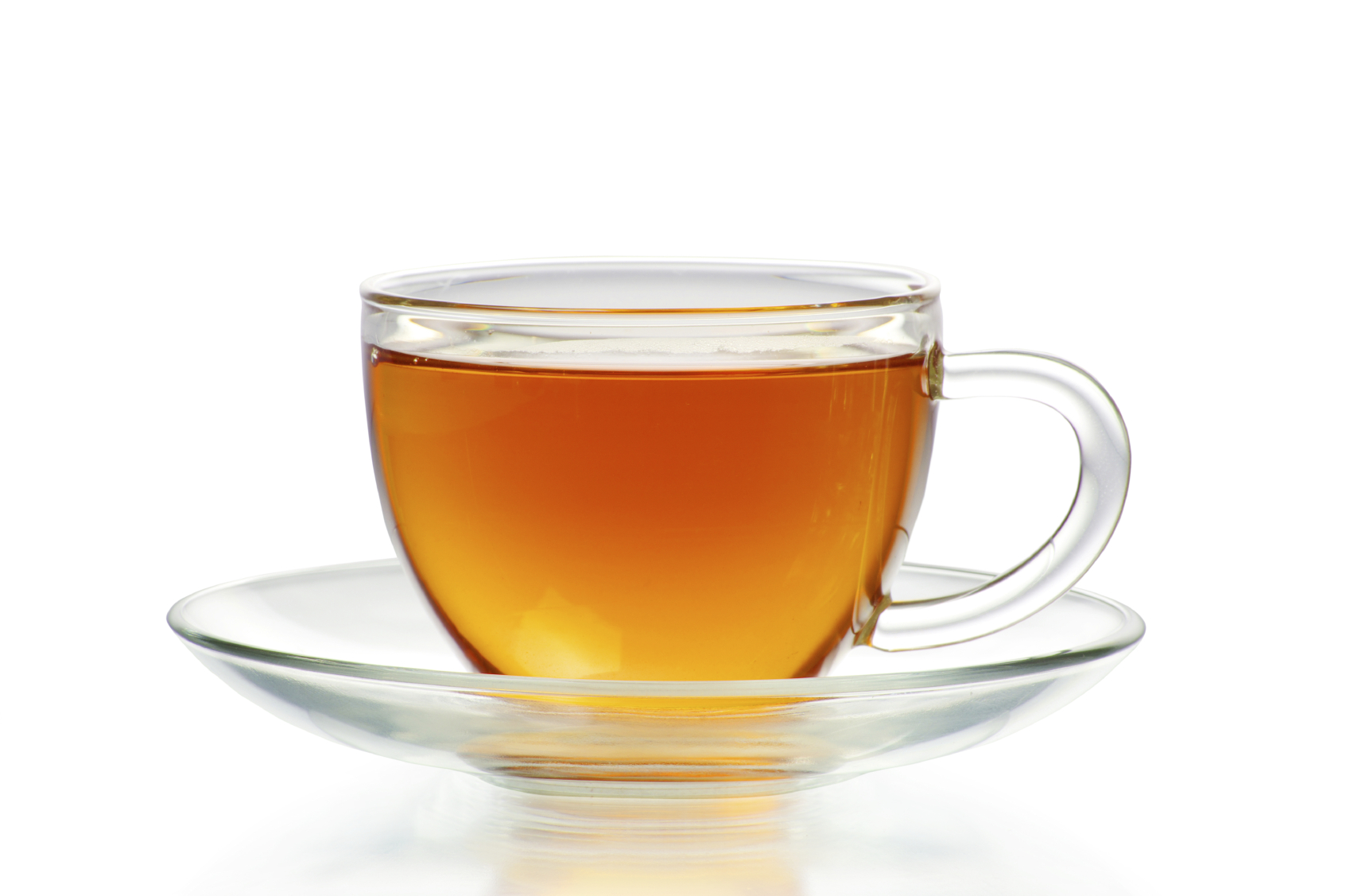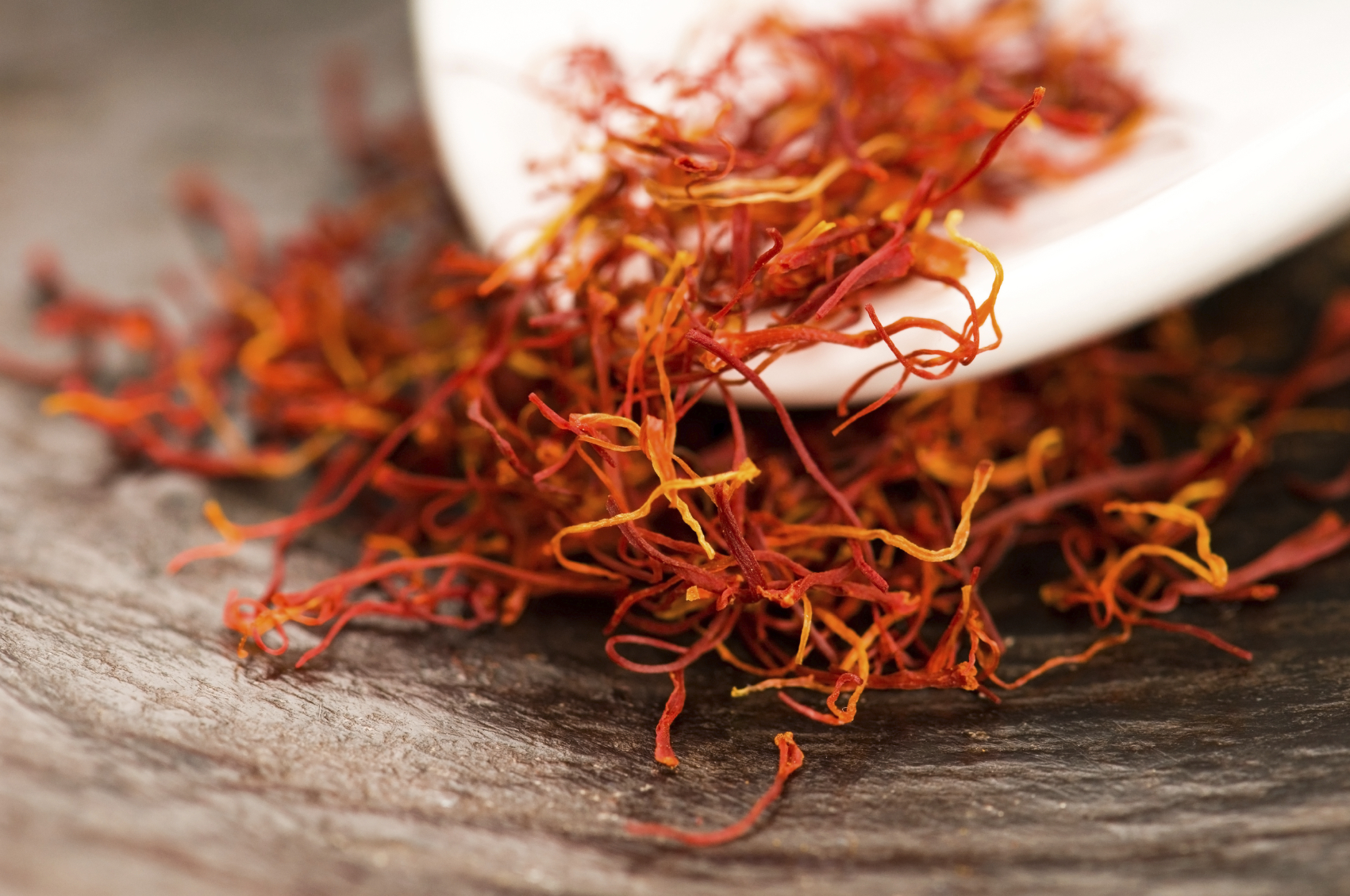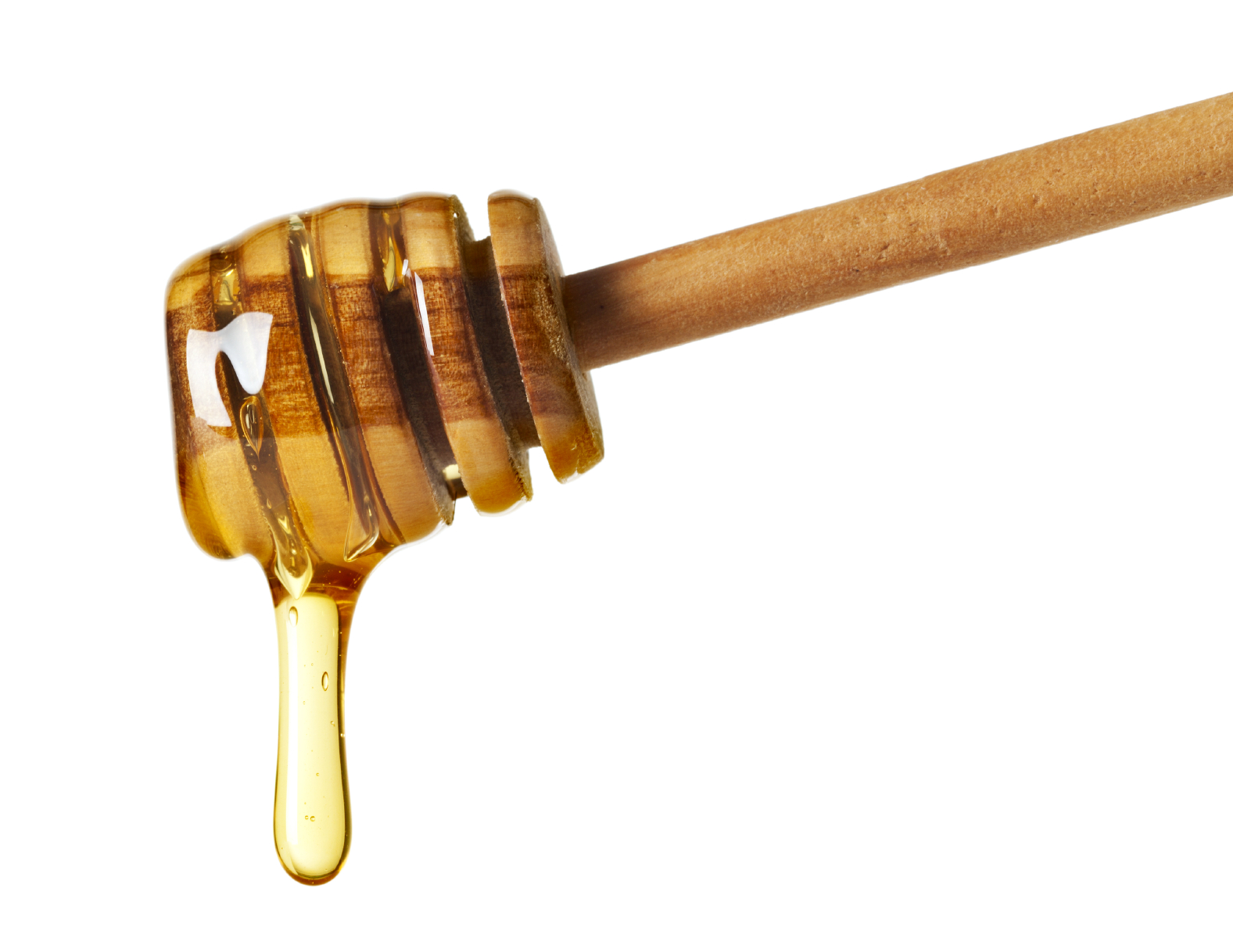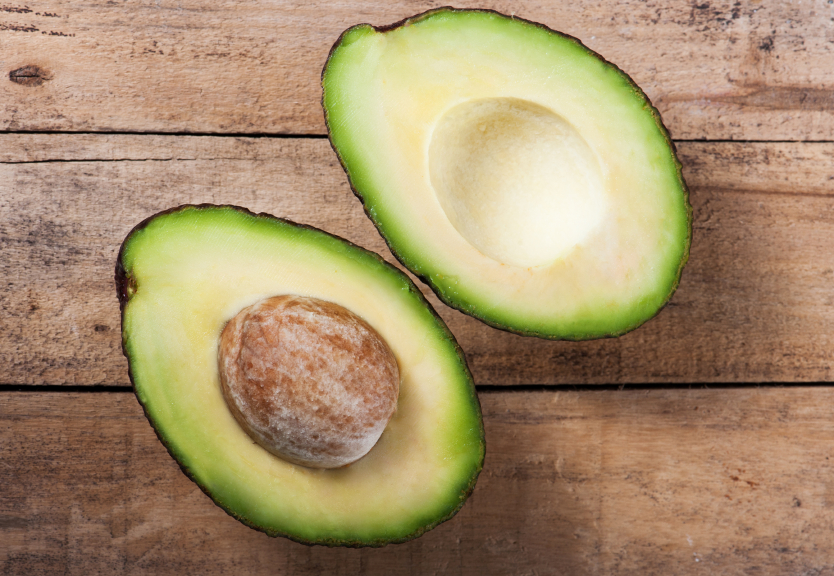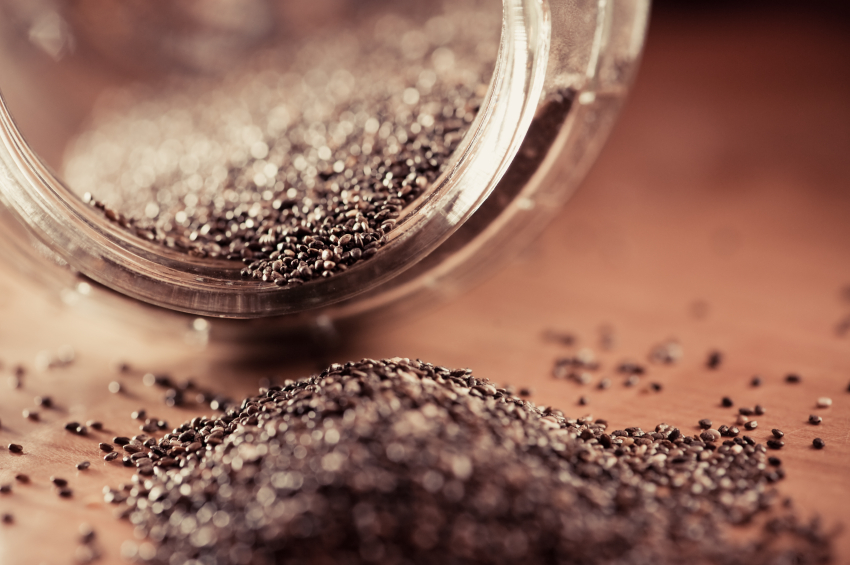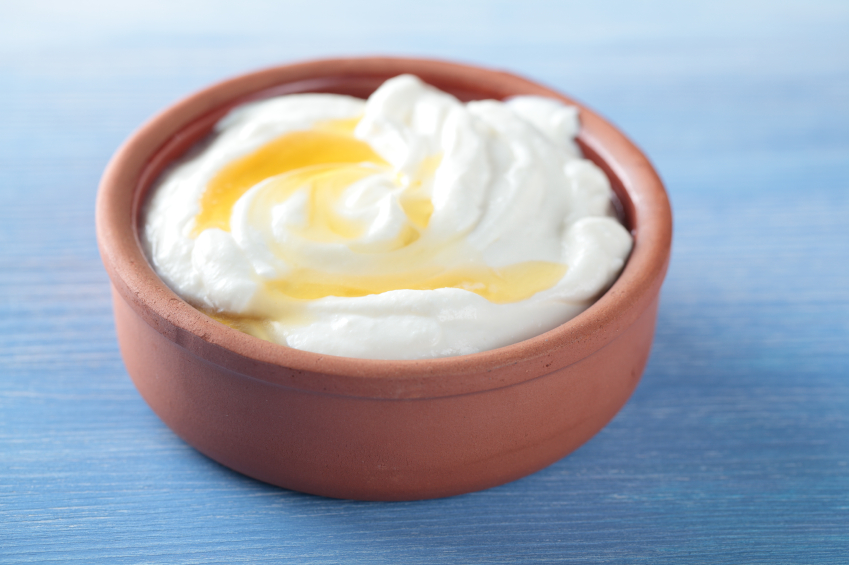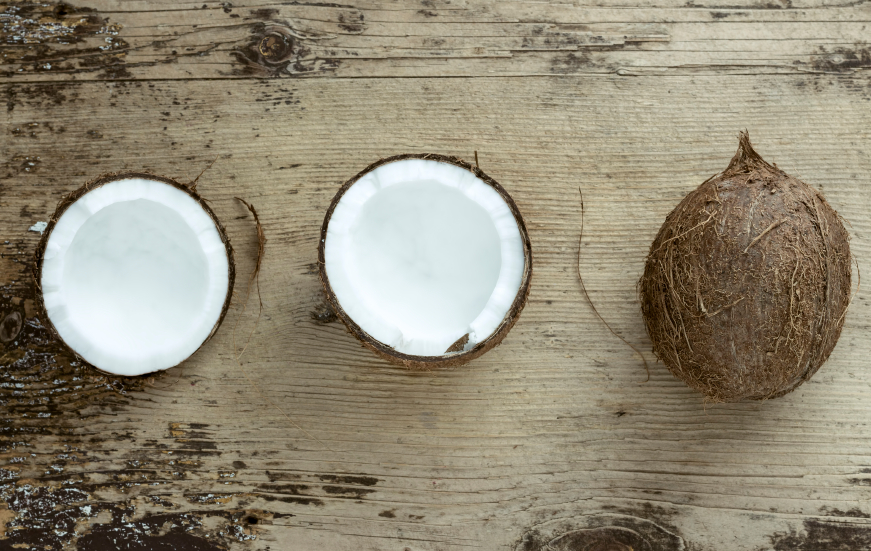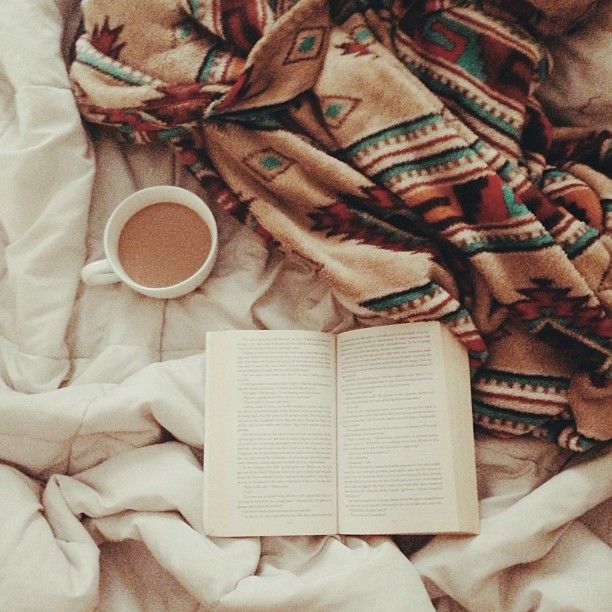According to ancient Buddhist beliefs, chakras are considered to be energy sources within the body. The word ‘chakra’is Sanskrit and literally means‘wheel’or ‘disk’. Chakras are said to be centres in our body through which energy flow. They are located at the base of the spine and go all the way up to the crown of the head. Each chakra is a motor and relates to a different area of our life, personality and wellbeing. For each of the 7 chakras, there is a delicate balance to maintain in order to ensure both happiness and satisfaction. Should you find any one of these chakras imbalanced, try these rebalancing techniques:
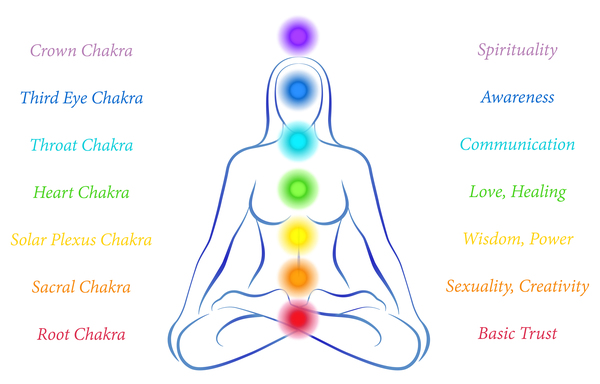
Root Chakra
Located in the base of your spine, the root chakra is associated with the feeling of comfort. It encompasses the first three vertebrae as well as the bladder and the colon. When this chakra is open, you feel safe and calm. If you find this chakra imbalanced, surround yourself with the color red to rebalance it. Try the stones of garnet and hematite or the aromas of cinnamon, patchouli, nutmeg and ginger.
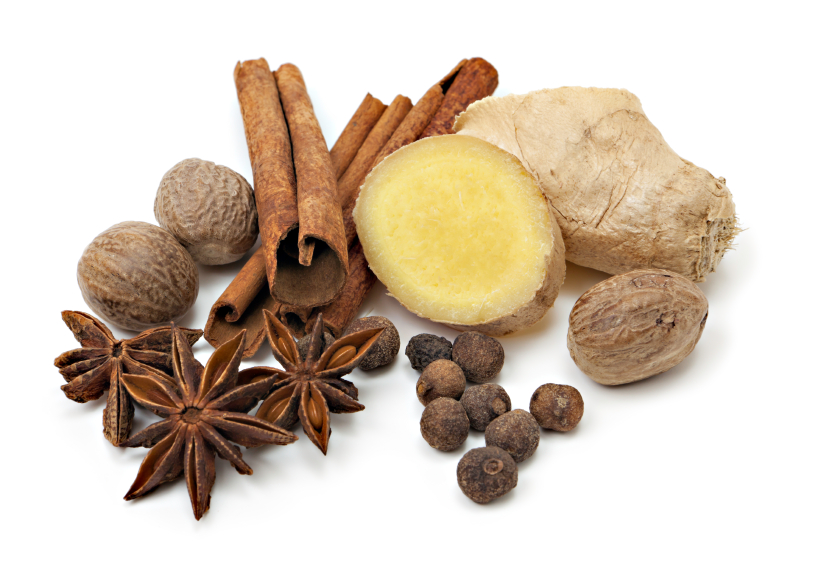
Sacral Chakra
The sacral chakra is located below the navel and above the pubic bone. This chakra correlates with feelings and intimacy. If you find yourself hypersensitive or overemotional, this may mean your chakra is overactive. Conversely, if you have issues with attachment, intimacy and expressing emotion, it may be underactive. Under activity may also be expressed through depression, eating disorders and asthma. If you find this chakra to be imbalanced, surround yourself with the color orange. Try the stones carnelian and orange calcite and the aromas of sandalwood, orange and geranium.
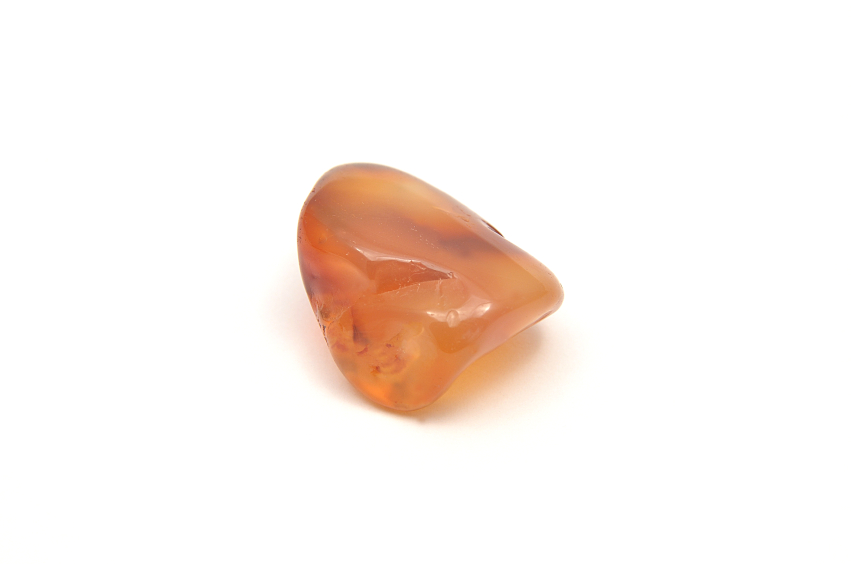
Naval Chakra
The naval chakra is located just above the belly button at the lower abdomen. This chakra corresponds to self-confidence and ego. If you find yourself to be an aggressive and rather domineering personality type, it is likely that your naval chakra is overactive. Ulcers, extreme anxiety, as well as digestive issues are all indicators of an imbalanced naval chakra. Should you find this chakra to be imbalanced, try the following: surround yourself with the colour yellow with the stones of yellow jasper and citrine and the aromas of myrrh, frankincense and lemon.
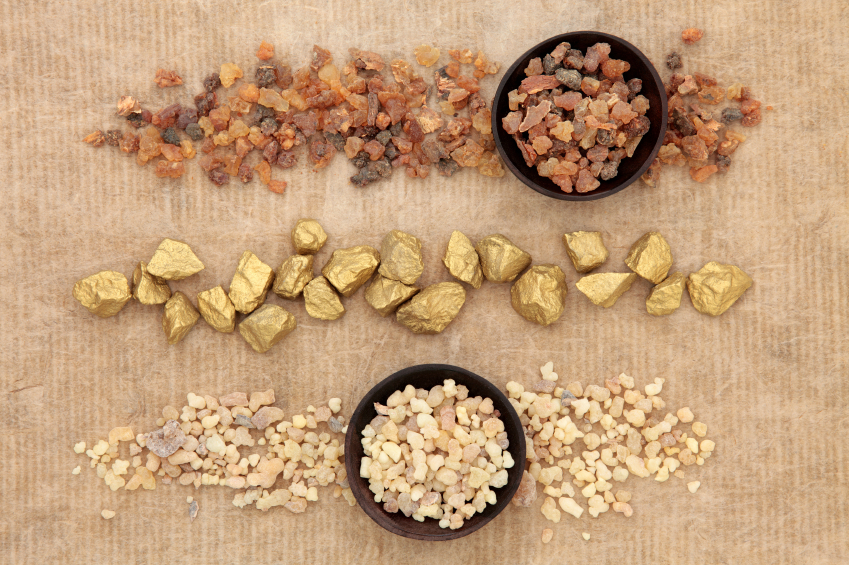
Heart Chakra
The heart chakra is located exactly where you’d imagine – in the center of one’s chest. This chakra pertains kindness, affection and love. When open, you are compassionate and effective at creating and maintaining relationships. When closed, one tends to be distant and cold. If you believe this chakra to be imbalanced, surround yourself with the following with the colour green, such as the stones of rose quartz and jade as well as the aromas of rosemary, peppermint and tea tree.
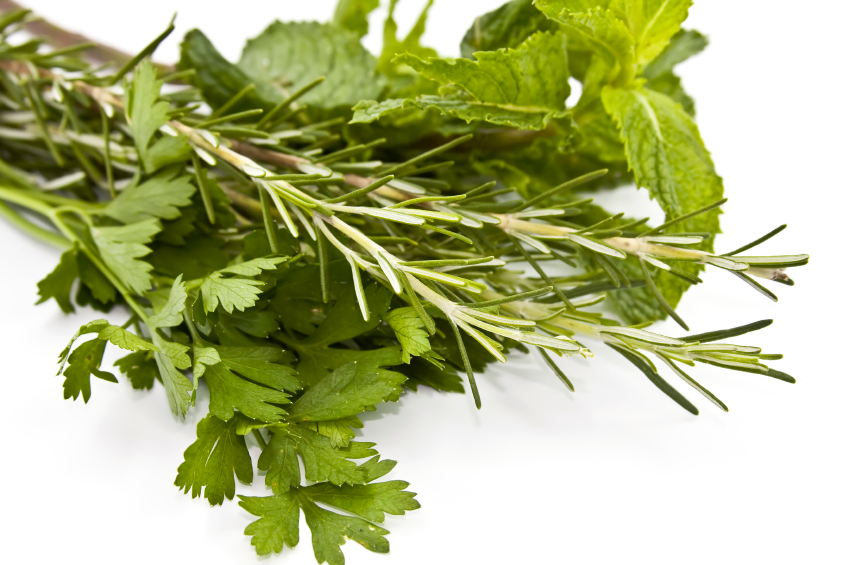
Throat Chakra
The throat chakra, located in the throat, deals with communication and self-expression. When open, you have no issues with self-expression and effectively communicate and listen with peers. If closed, you may have issues expressing yourself and opening up. Should you find this chakra to become imbalanced, surround yourself with the following: the colour blue, such as the stones of turquoise and blue calcite as well as the aromas of lavender, geranium and chamomile.
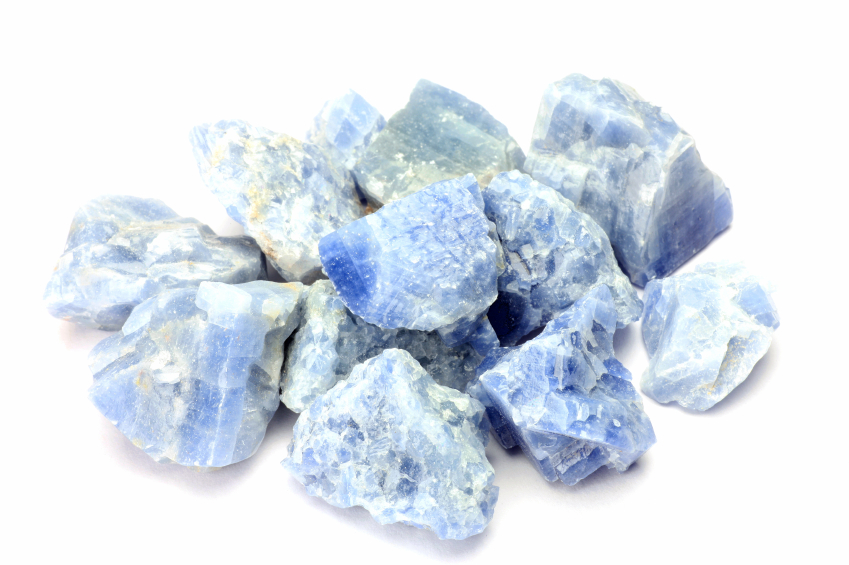
Third Eye Chakra
The third eye chakra, located between the eyebrows, deals with inner wisdom, insight and the ability to connect with the outer universe. While open you are able to connect with your intuition and imagination. When your third eye chakra is closed, you may rely heavily on others and suffer from great confusion. If you believe this chakra has become imbalanced, surround yourself with shades of indigo, the stone azurite and the aromas of vanilla, orange or lemon.
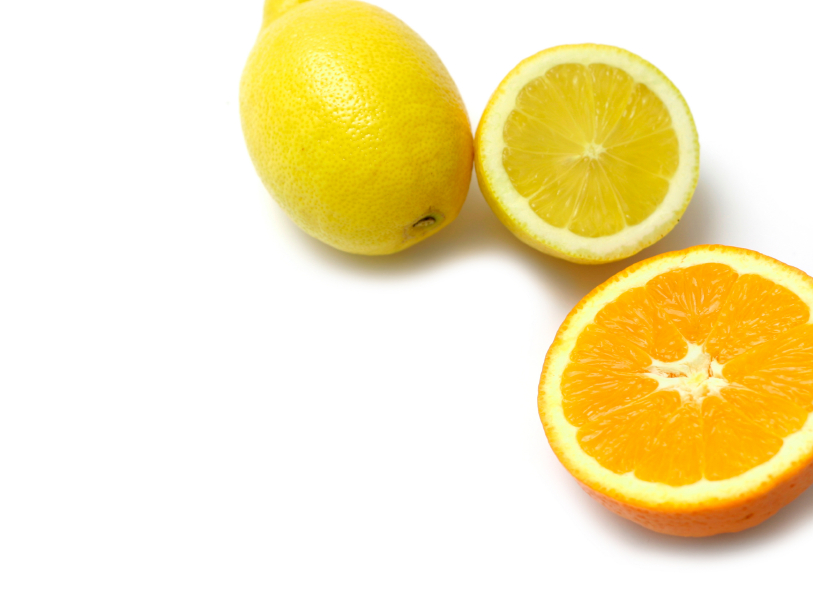
Crown Chakra
The seventh and final chakra, the crown chakra, also known as the ‘thousand petal lotus’, is located at the very top of the head. This chakra regards enlightenment and connection with our higher self as well as the divine. If this chakra has become imbalanced, surround yourself with the colour violet, the stones of amethyst or white topaz and the scents of ylang-ylang and jasmine.
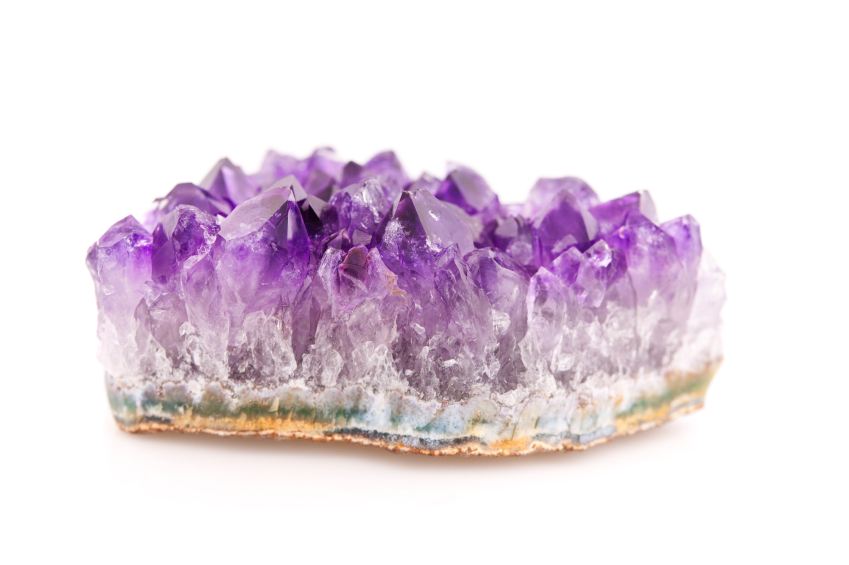
Do you have your own remedies to balance your chakras? Share them with us on our Facebook page!

